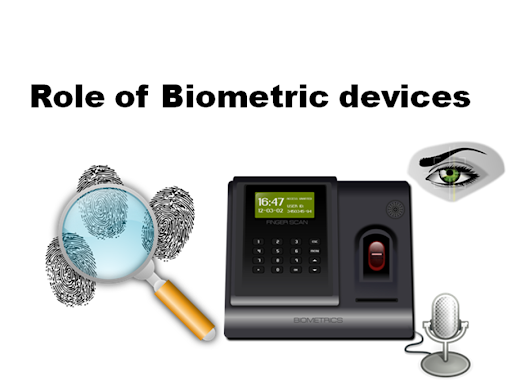Importance of Biometric Devices in Different E-Governance Procedures
The Biometric techniques have been trending in India from recent years. Currently, we all are well-known of the different security detection systems, for example, the fingerprint examining; face recognition, voice recognition, iris filtering etc. All these have become a significant piece of our every day lives. Directly from the corporate sector to the retail, warehousing, banking and insurance sector, the Biometric devices have become the most in-thing in the realm of information elements. The Indian government employs advanced Biometric techniques in different applications, for example, Aadhar enrolment and Passport Application. The government departments source such hello there tech Biometric devices from the certified manufacturers on the advanced e-commerce portal known as Government e-Marketplace.

In the past decade, the Indian government has thoroughly analyzed the significance of sophisticated Biometric gadgets mechanisms in efficient e-Governance procedures. Accordingly, the government has employed many Biometric devices in various compliances.
- In today’s era, the biometric technologies are being increasingly employed during the process of detection and confirmation of the applicants in different sorts of online applications, to name some, UIDAI Aadhar UIN Enrolment procedure , E-Passport application, and while applying for the Rashtriya Swasthya Bima Yojna (RSBY).
- The biometric verification is also required while applying for the Driving License, GST registration, and PAN registration etc.
- For all the above e-Governance procedures, the appropriate government departments need the biometric devices. The government departments procure the biometric devices from the authorized manufacturers and dealers over the Government e-Marketplace, who are having GeM registration.
- However, the manufacturers of the biometric devices need to fit in with certain requirements for getting GeM registration on the Government e-Marketplace in the form of an OEM. One such compulsory requirement is STQC certification.
We shall now try to be familiar with the importance of STQC certification for the manufacturers and dealers of the biometric devices.
2. STQC certification for the biometric appliances
STQC stands for Standardization Testing and Quality Certification (STQC). The department of STQC certification is under the administration of Ministry of Electronics and IT, Government of India.
STQC department is accountable for the Quality Control (QC) management in the area of Electronics, IT that assists many e-Governance procedures. The QC is done with the help of the laboratories and recognised research centres all over India. The advanced biometric devices, for example, the fingerprint scanners must essentially experience the QC process from STQC department, which incorporates examination, modification and preparing so as to confer the STQC Certification to the private companies that assemble or make such advanced devices.
3. Main objective behind the STQC certification of the biometric devices
The primary objective behind STQC certification is to give total guarantee that the biometric machines that are being supplied are fair, precise, accurate, trustworthy, safe and easy to use and they do satisfy all the product stipulations.
Basically the STQC certification scheme encompasses all the commonly used device such as the fingerprint scanners, face recognition camera, Iris cameras.
All the govt departments that are responsible for the e-governance procedures such as enrolment and authentication necessitate the STQC certification. Hence, the listed sellers having GeM registration are required to undergo the STQC certification process in order to sell their product on GeM portal login.
4. Basic Criteria for STQC certification
The GeM sellers of the biometric appliances are judged and certified on the basis of the criterion as explained below:
- The Biometric Devices must be planned, produced and distrusted strictly in accordance with the scientific specification of the UIDAI. Last assessment paper and report cards of such devices can be easily viewed on demand.
- There must be ample systems and assets to help the use of such appliances by the govt agencies. This likewise includes preparing of the enrolment process to the agencies staff, correction and servicing of such devices.
- The organization that manufactures such devices must be having established Quality Management System (QMS). Hence, it is critical to acquire appropriate ISO certification for such organization.
- The dealers must have a system to provide assurance in the delivery just as upkeep of such devices.
- So we can clearly notice that the STQC documentation is a necessary condition for every one of the dealers of biometric devices having GeM registration so as to be able to sell the product on the Government e-Marketplace, and for the purpose of the vendor assessment over the GeM portal.
By fulfilling all the above necessary conditions, the OEM and the suppliers of biometric devices on having GeM registration can easily sell their items on the Government e-Marketplace.



